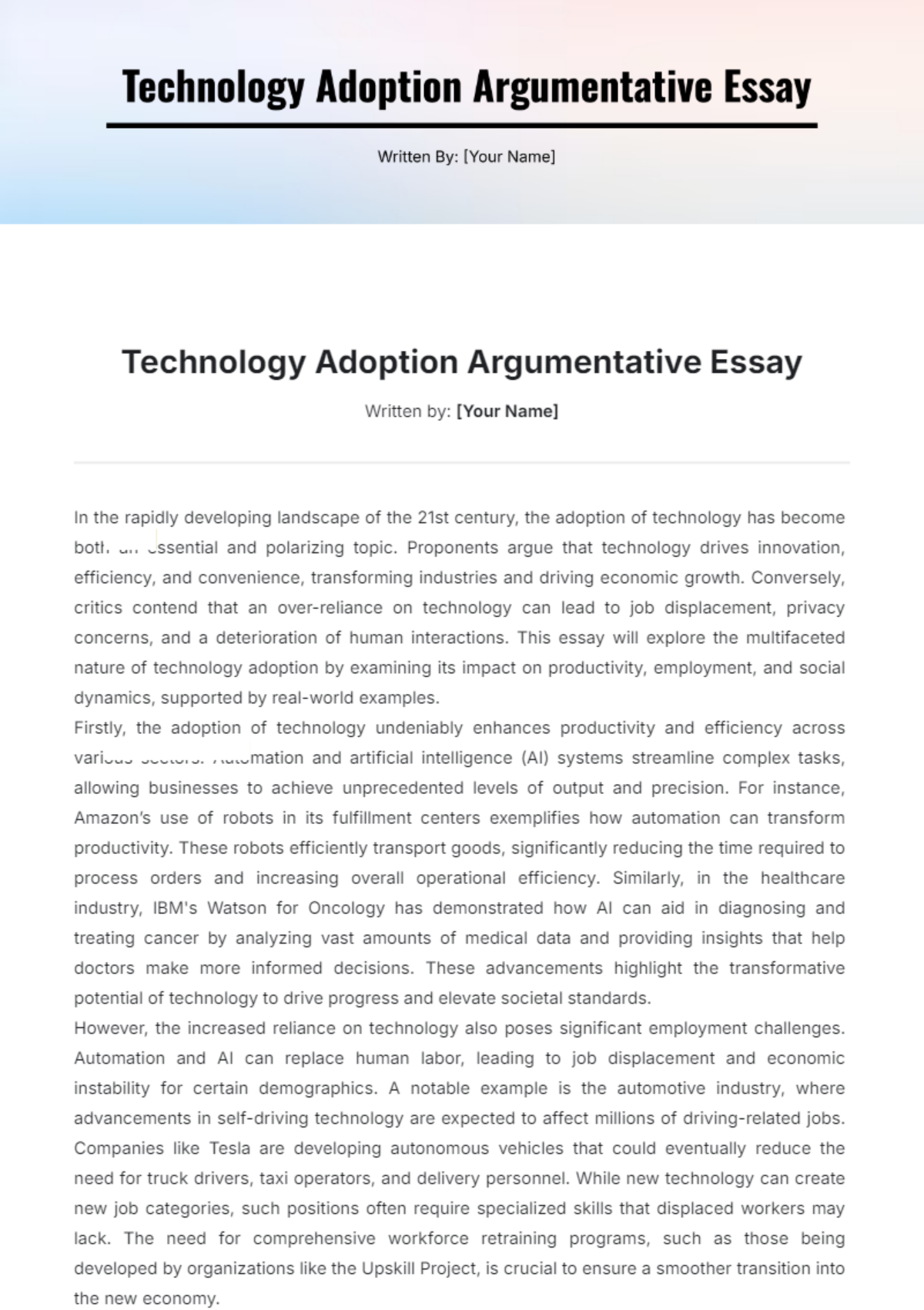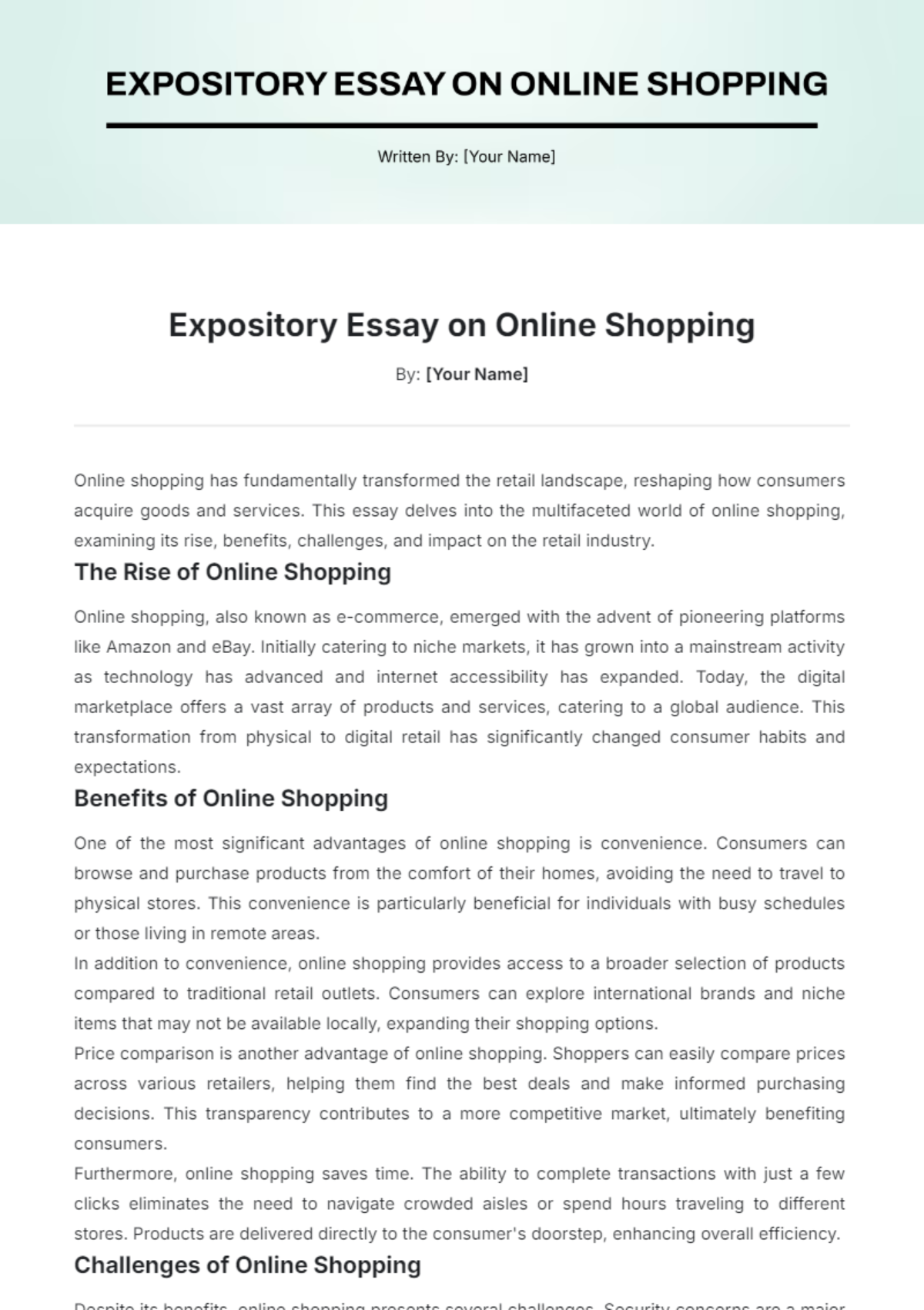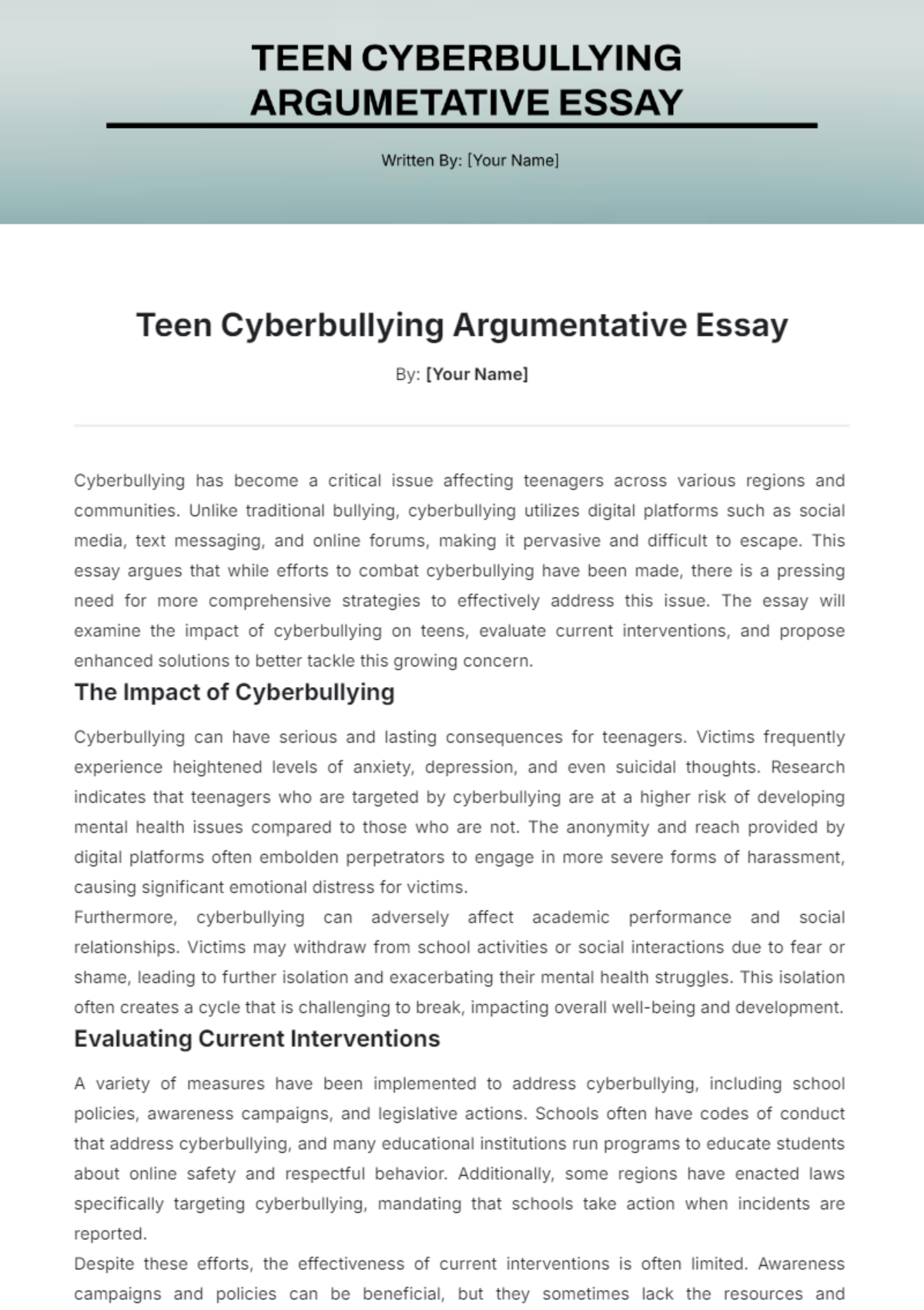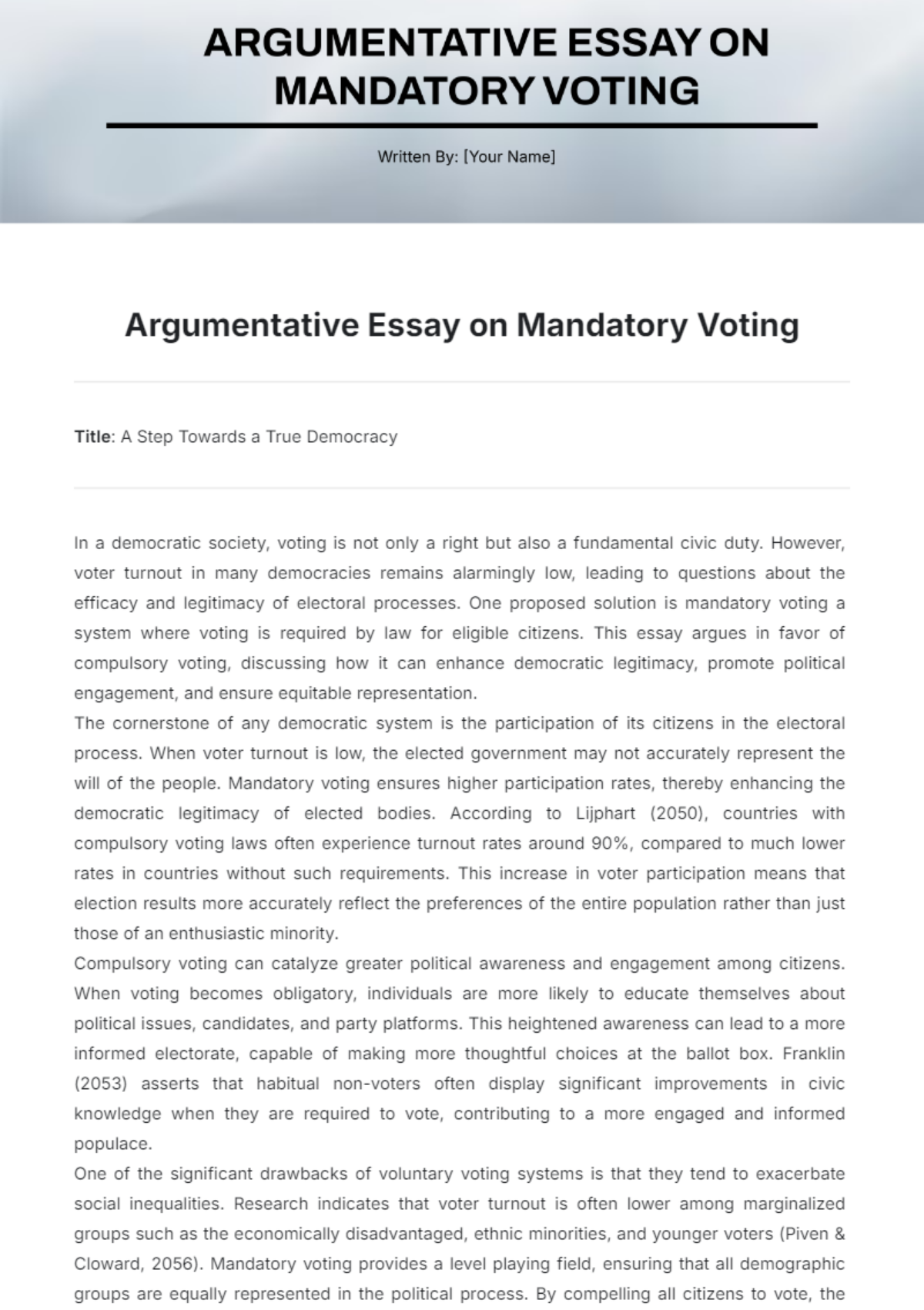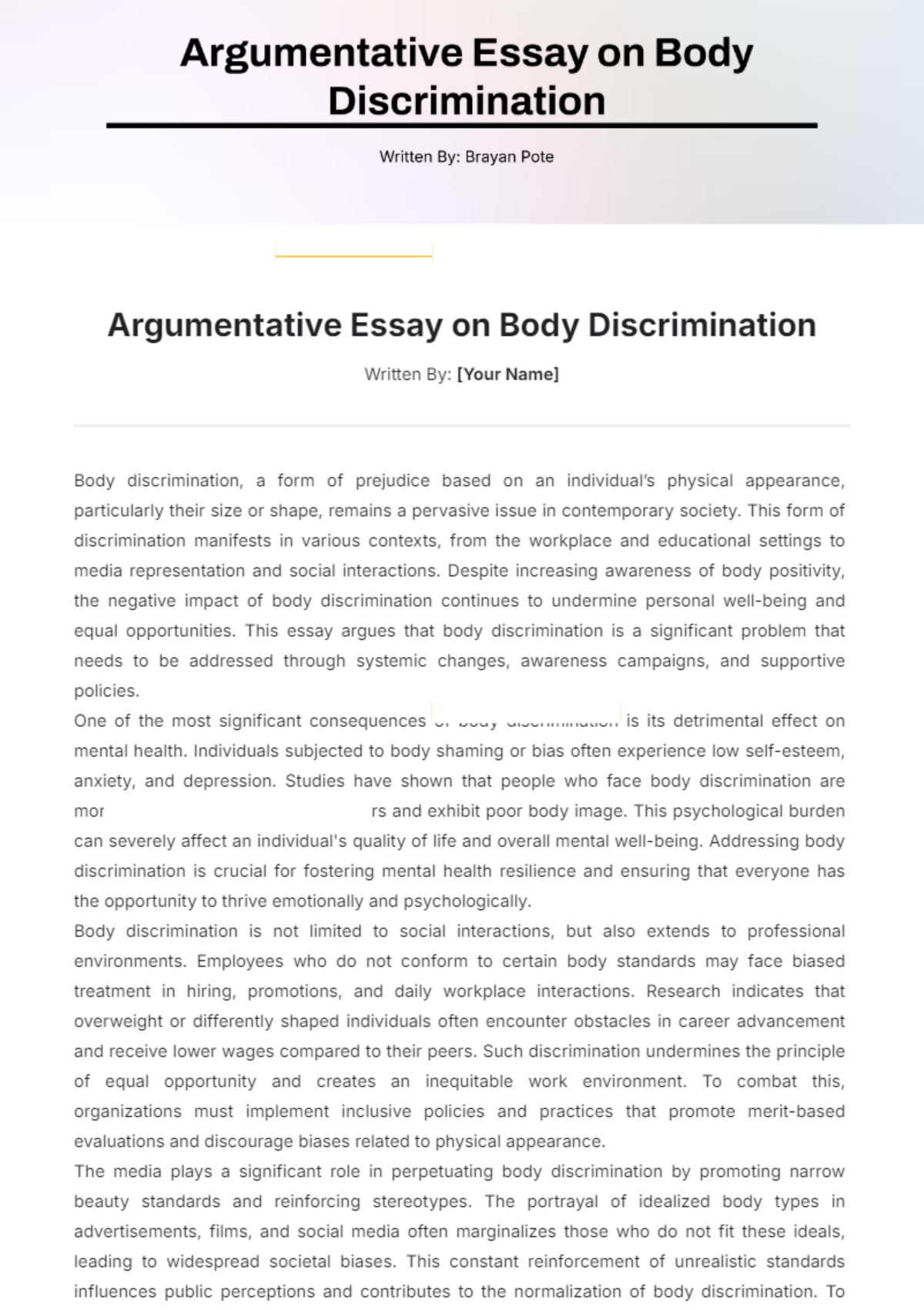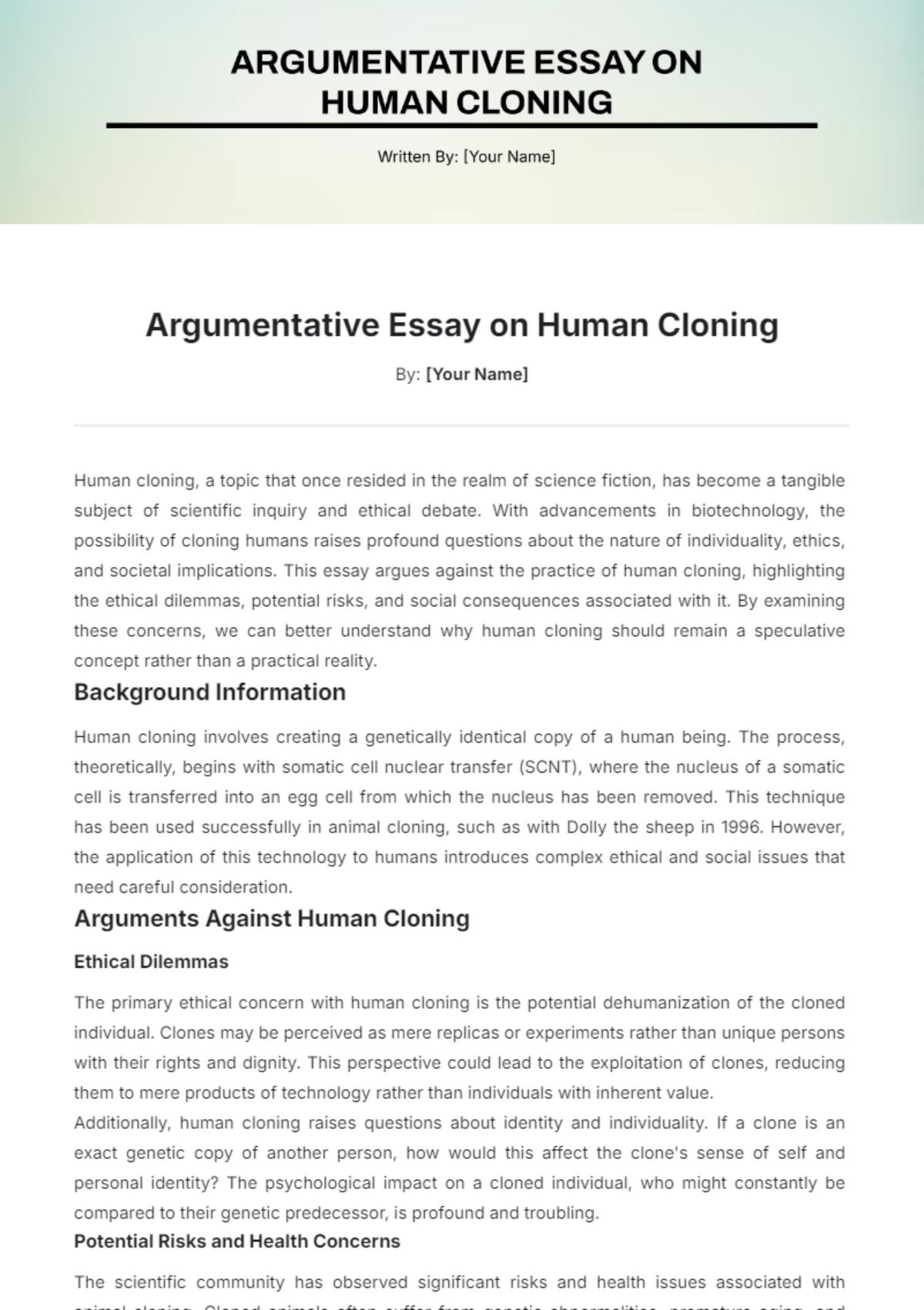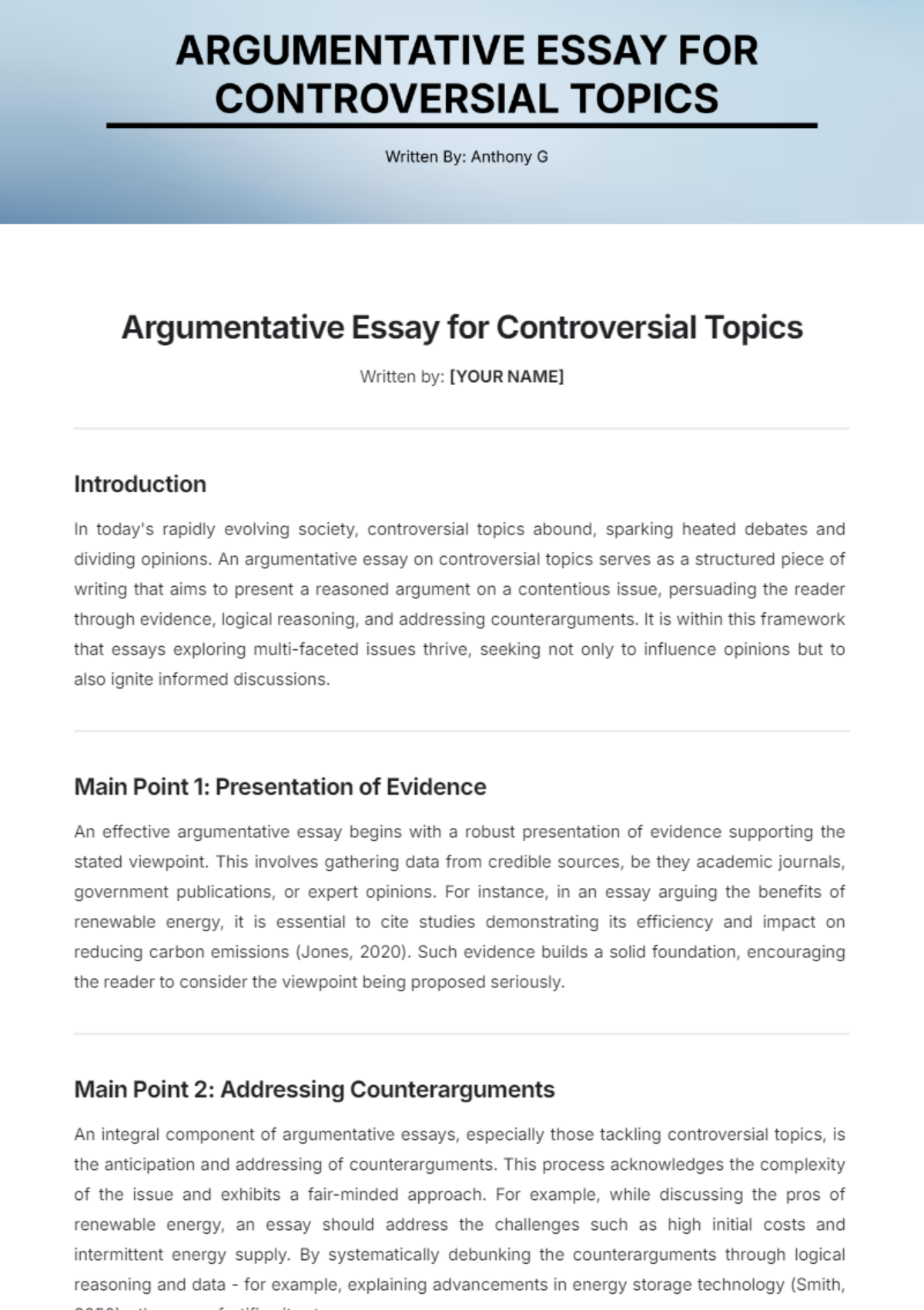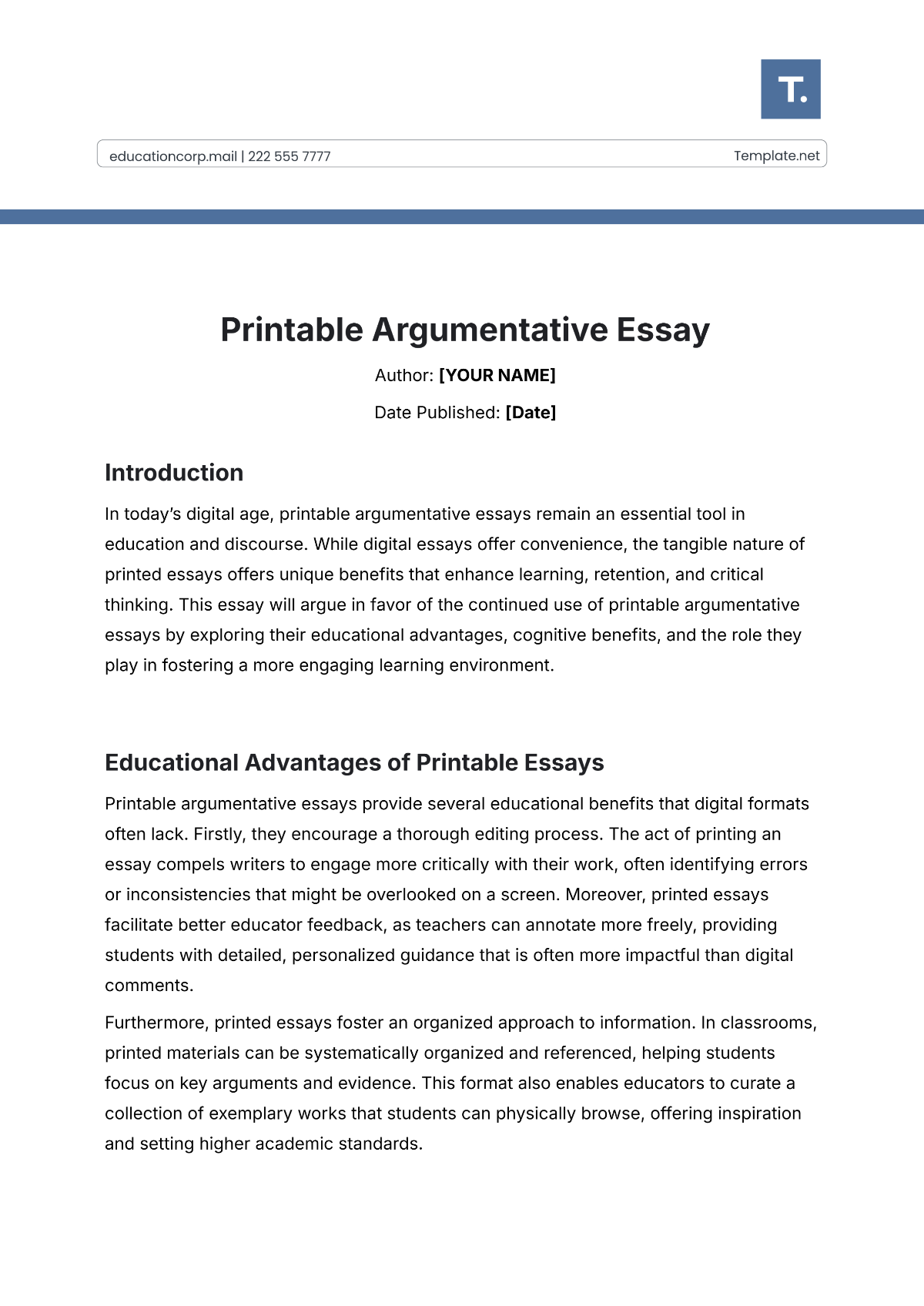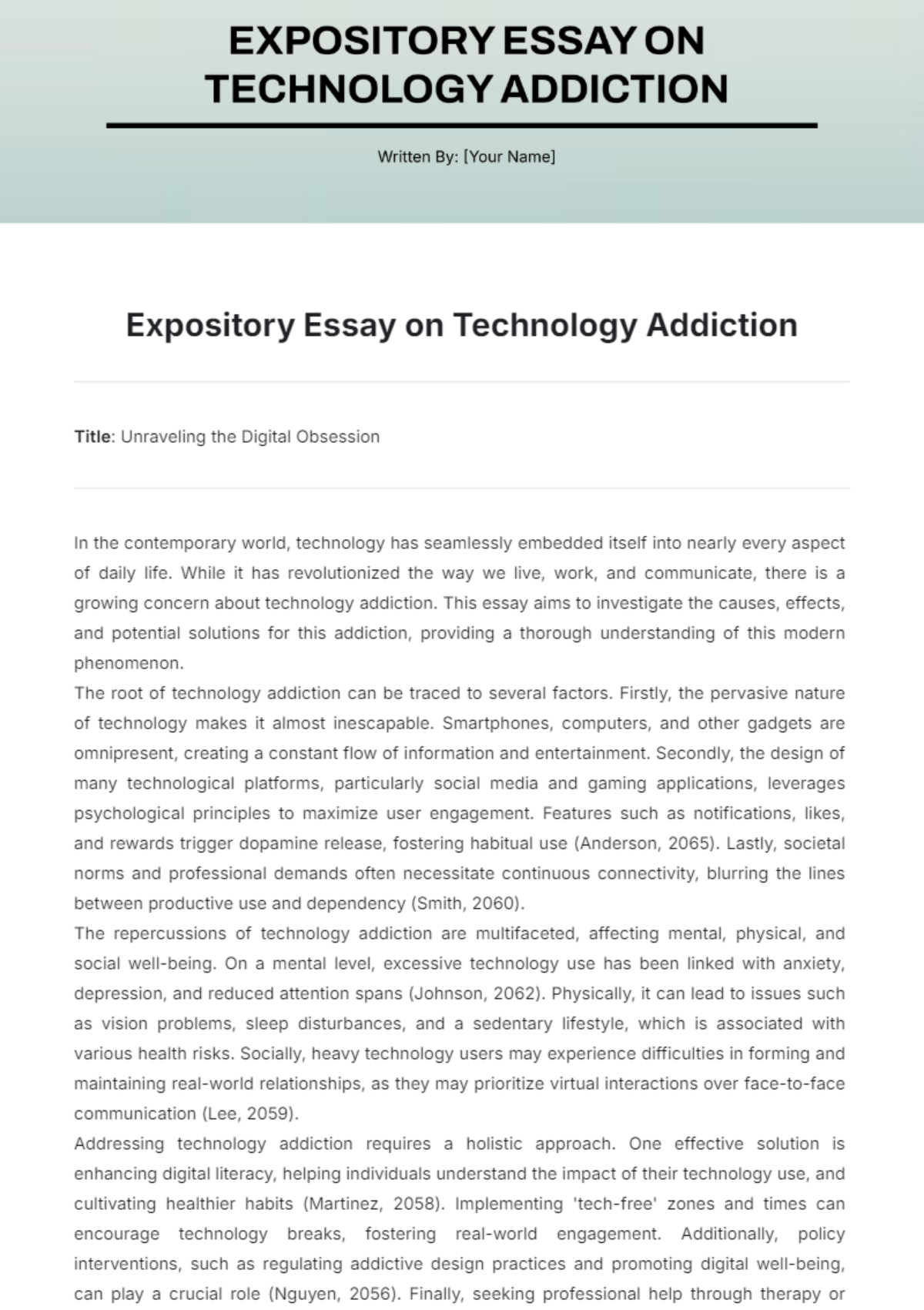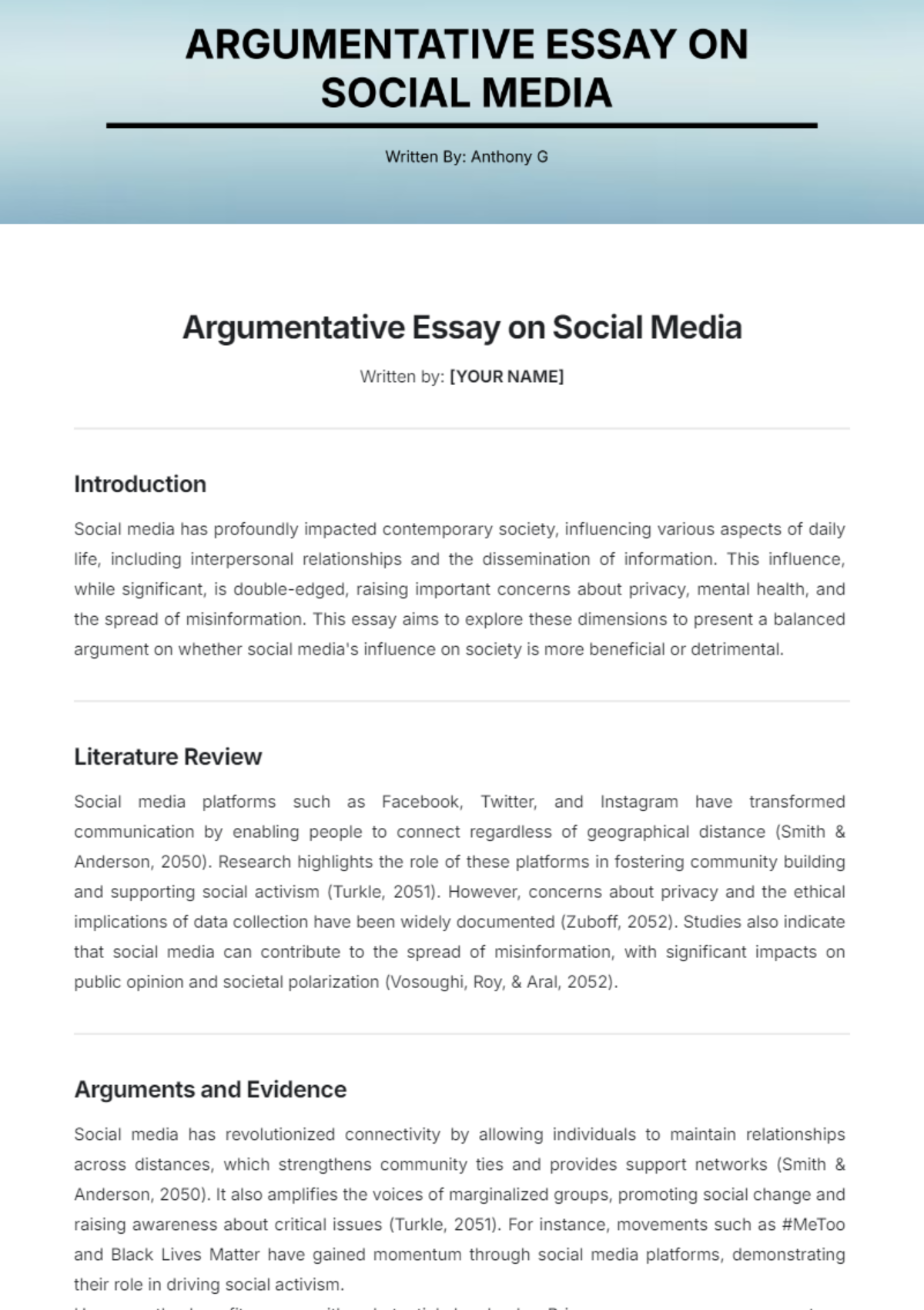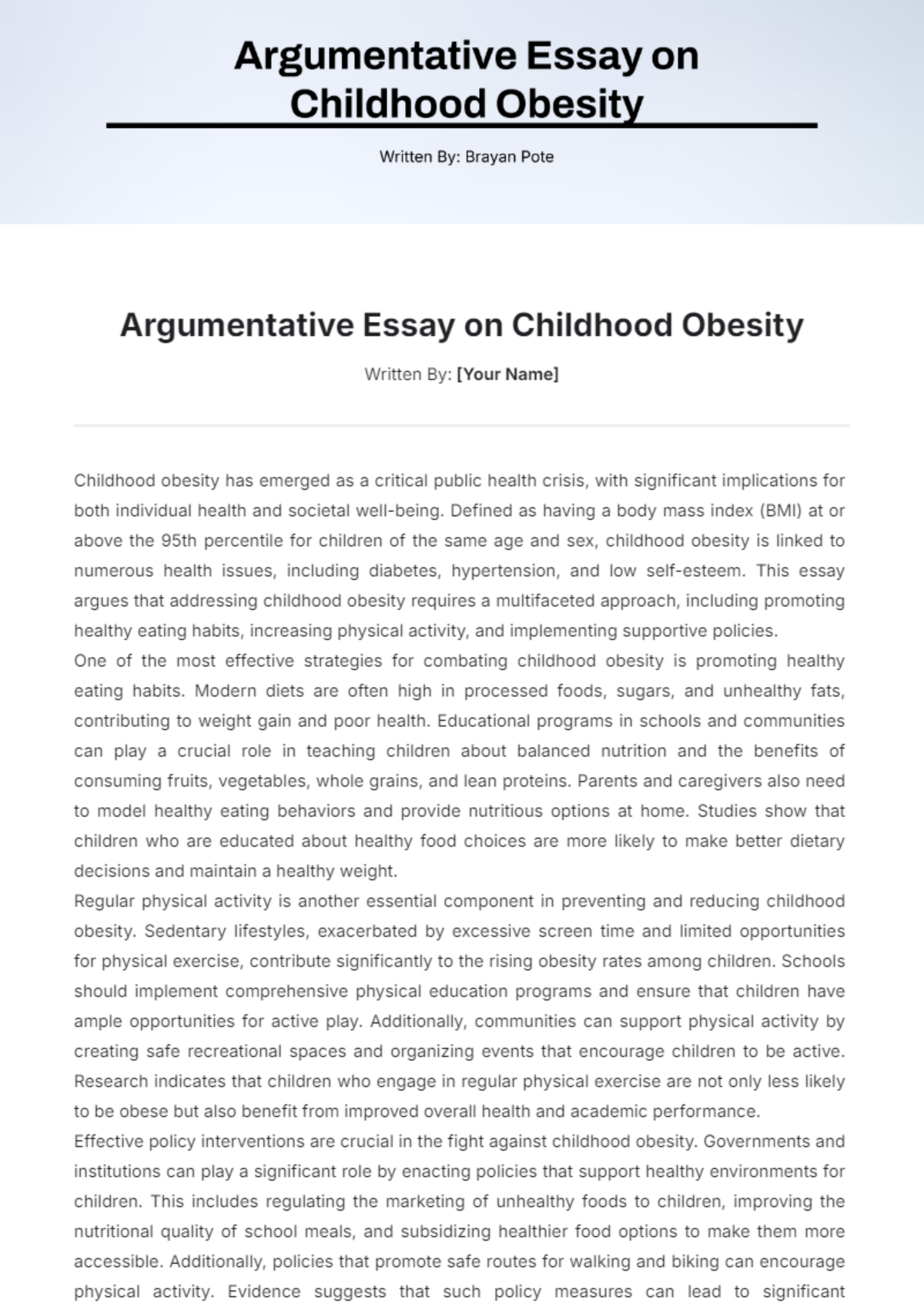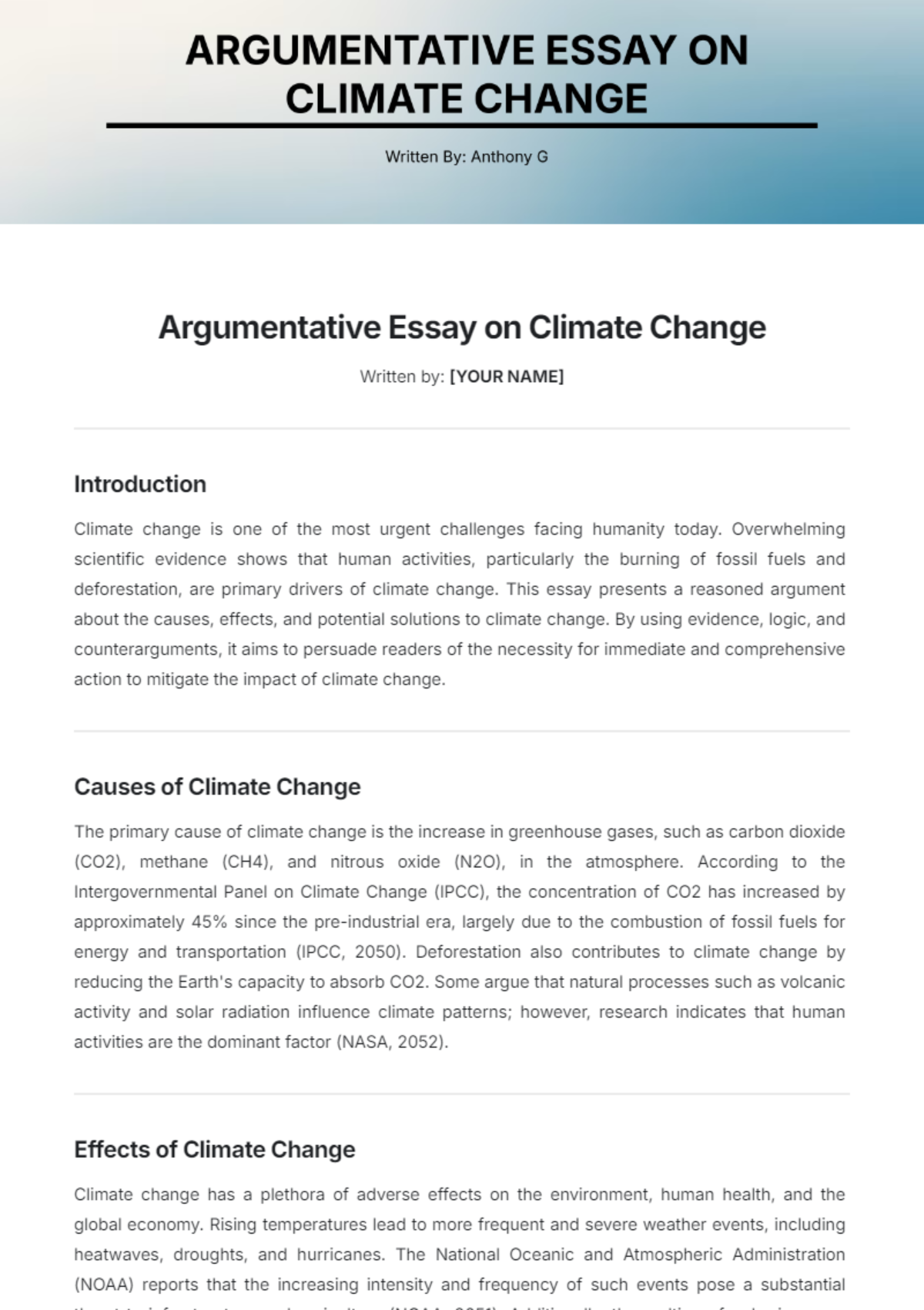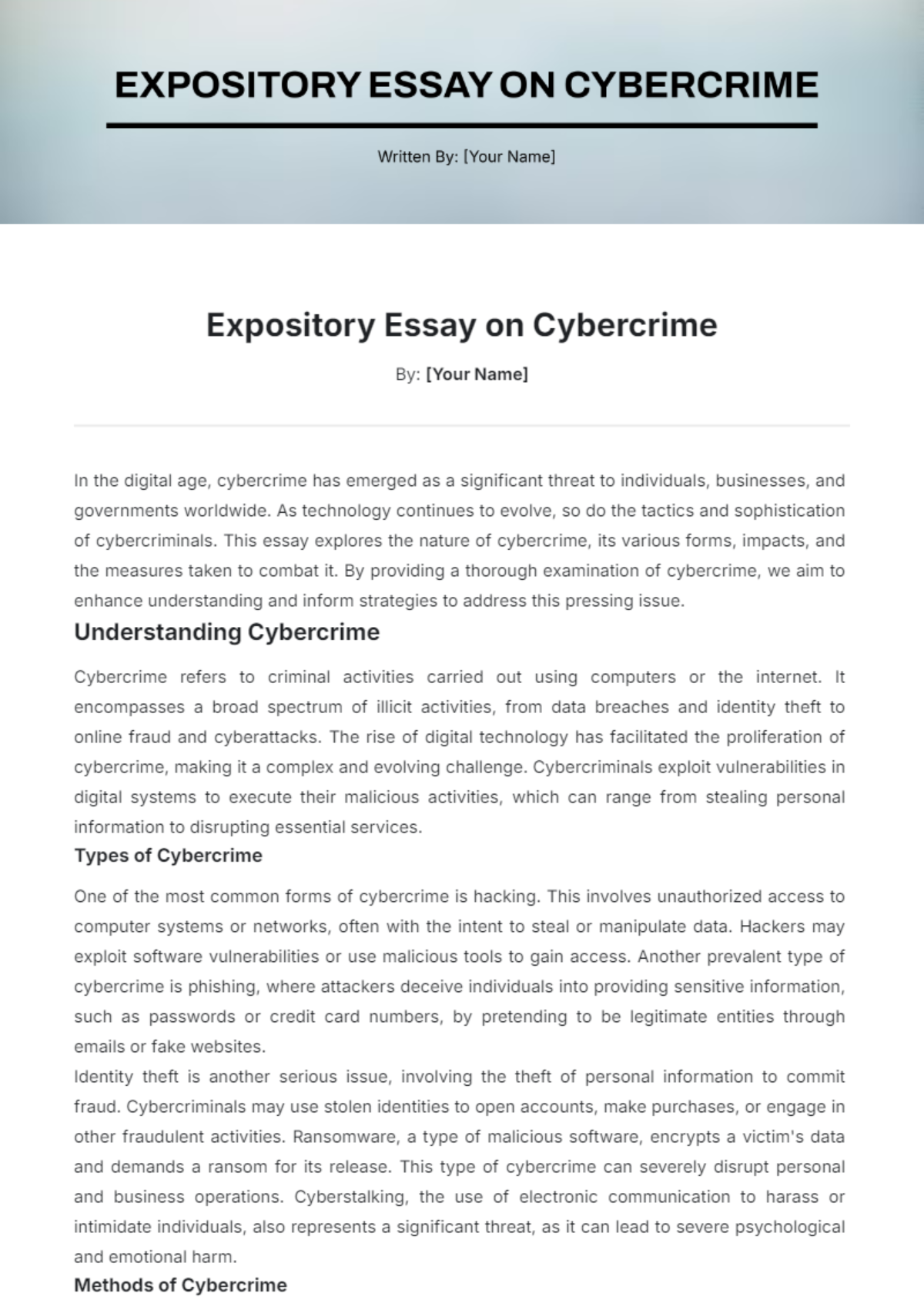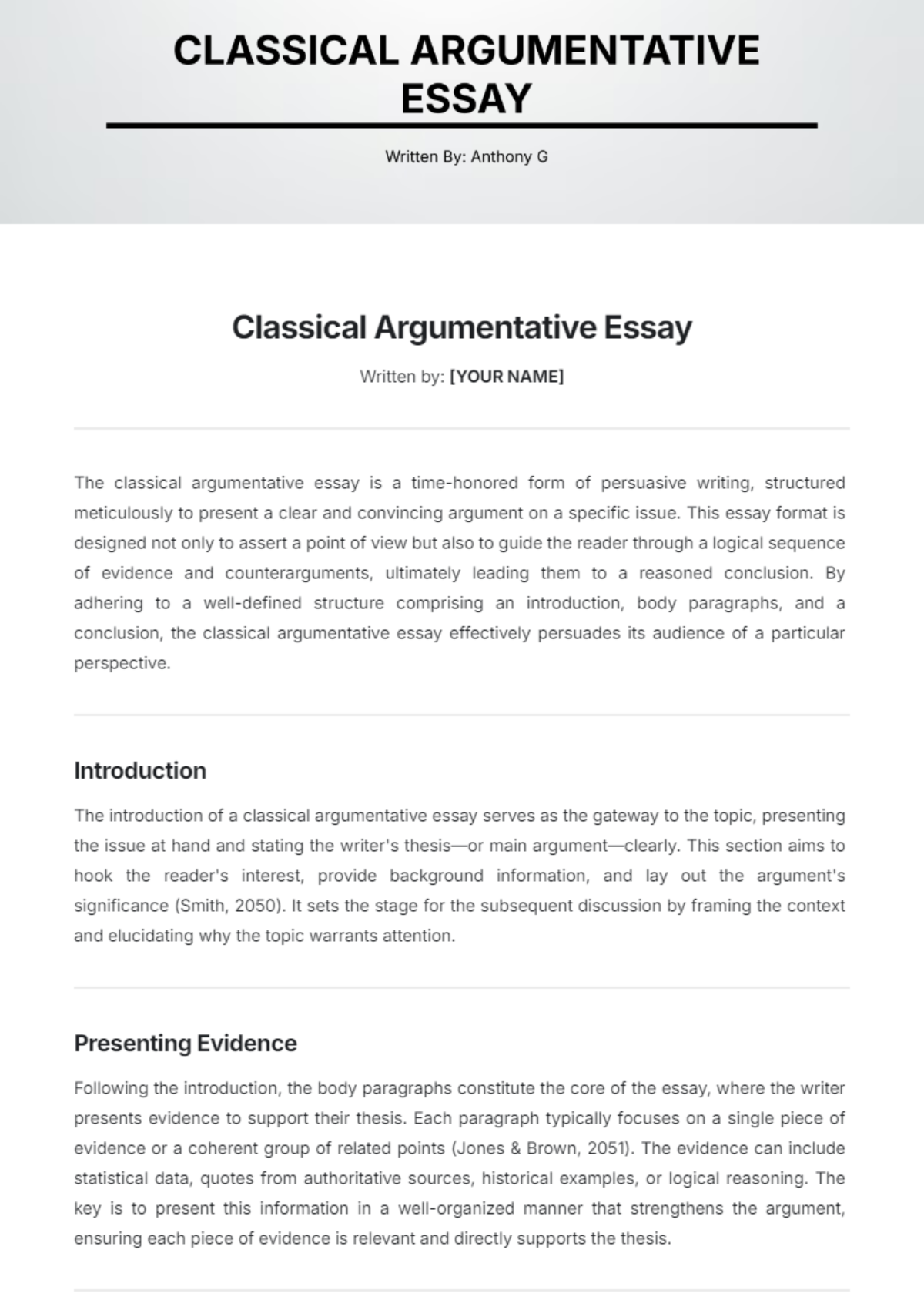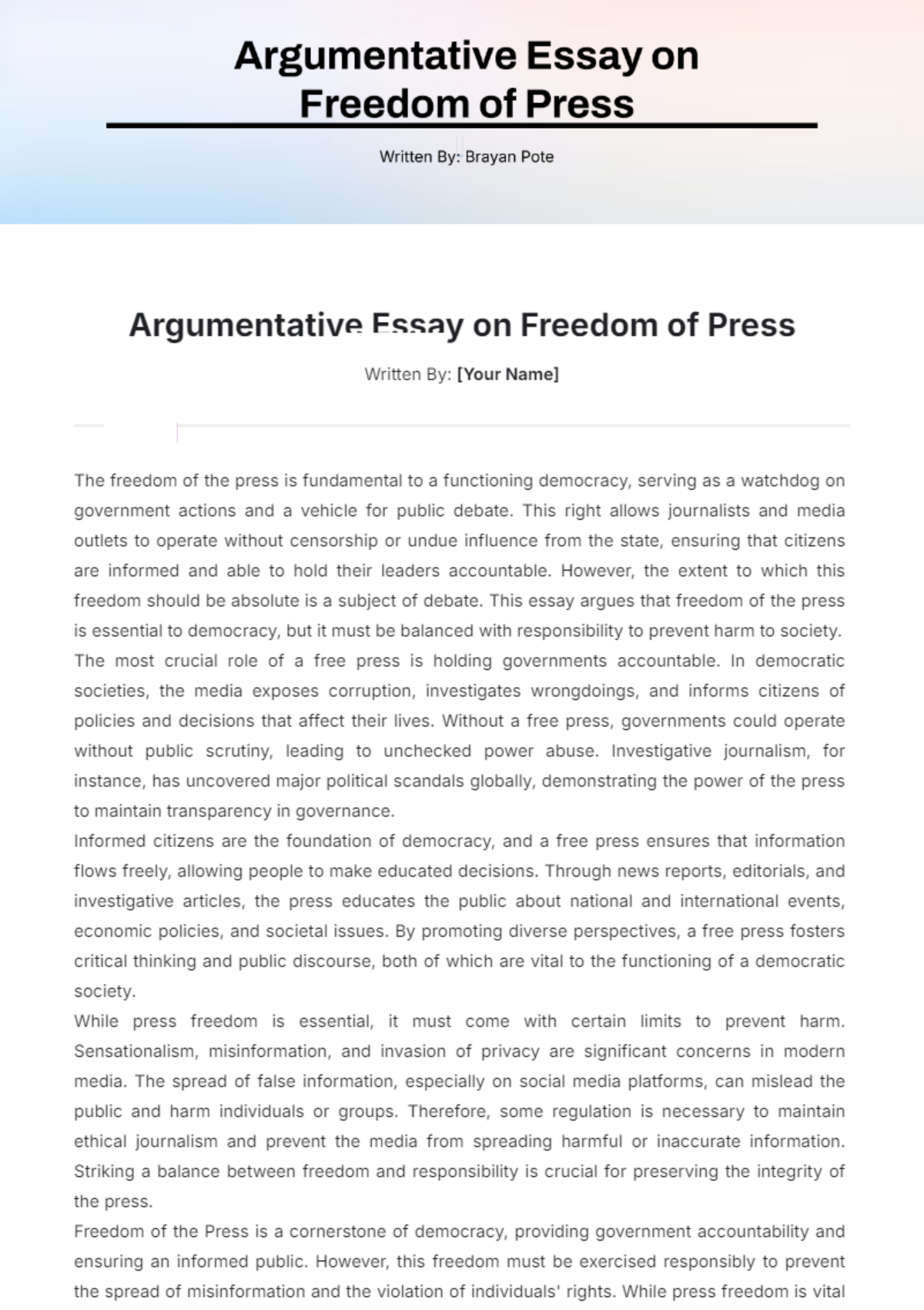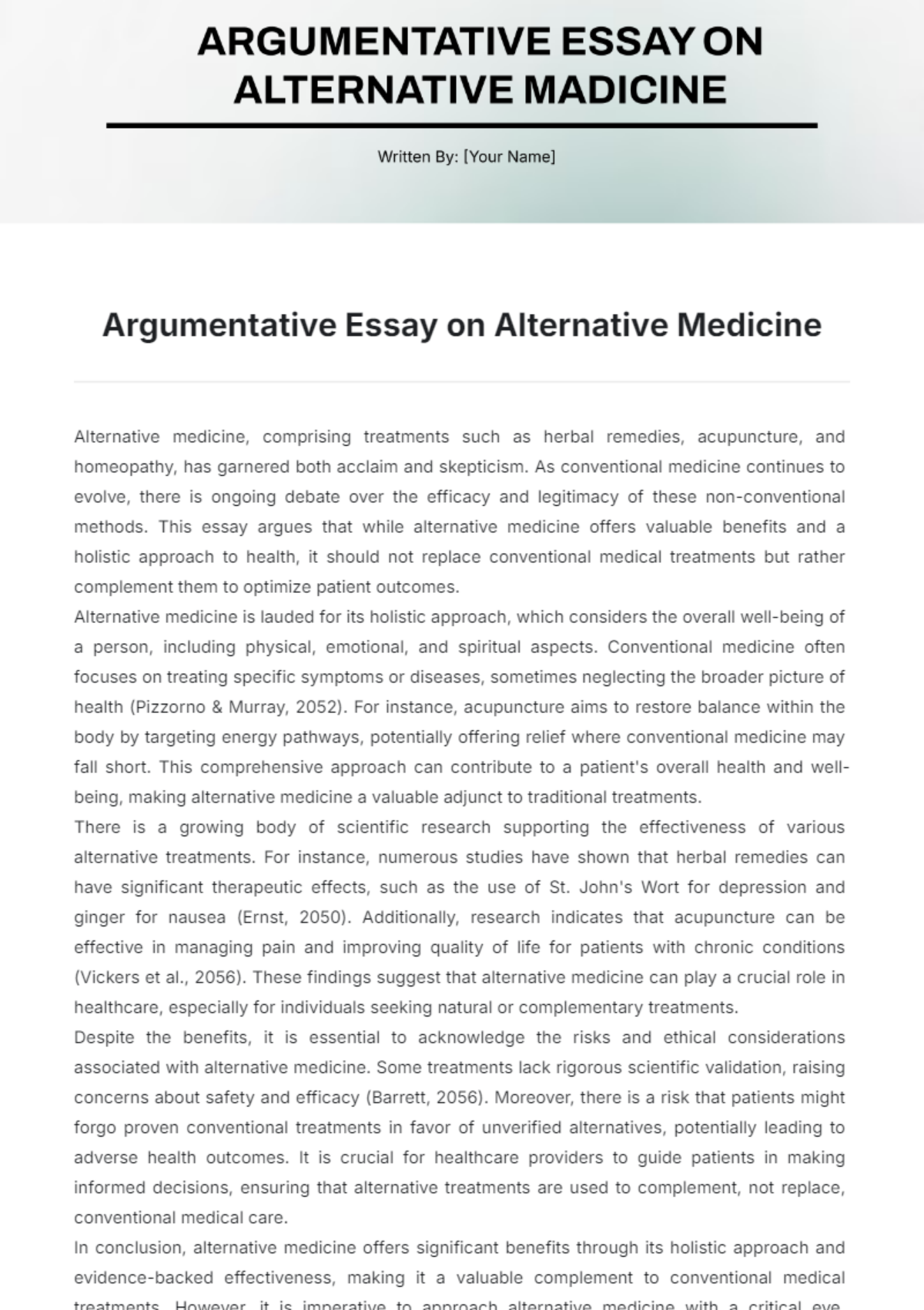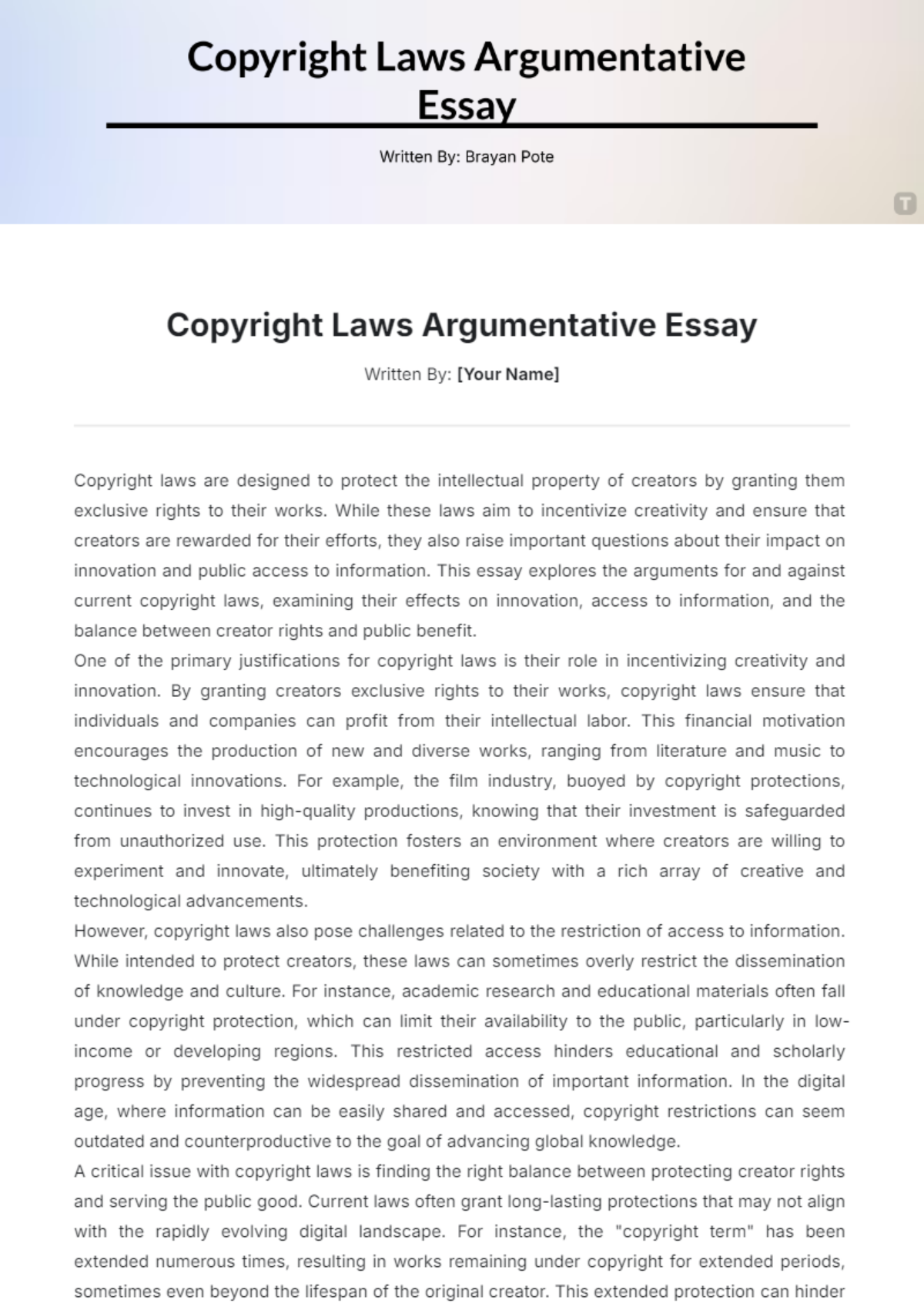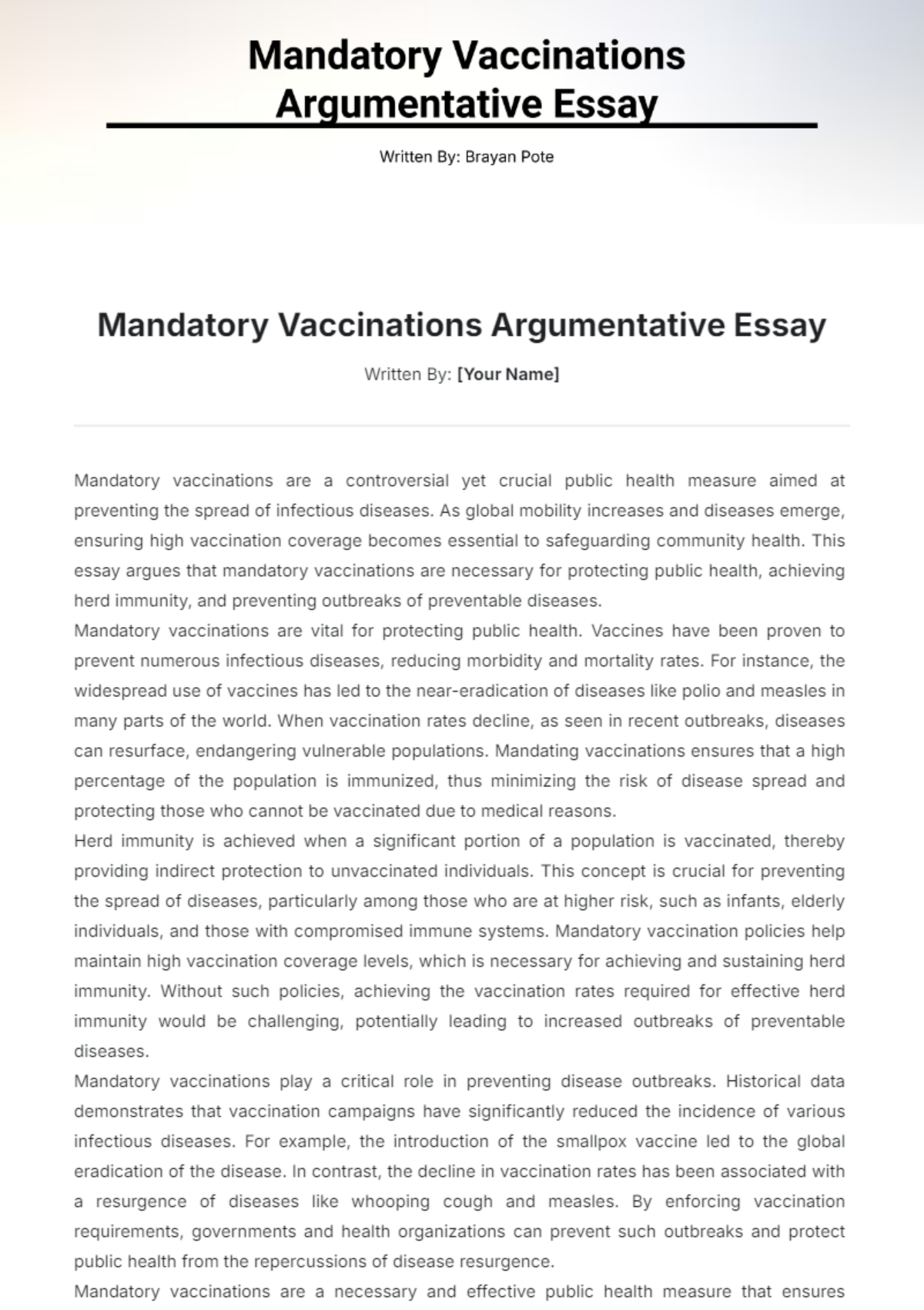Technology Adoption Argumentative Essay
Written by: [Your Name]
In the rapidly developing landscape of the 21st century, the adoption of technology has become both an essential and polarizing topic. Proponents argue that technology drives innovation, efficiency, and convenience, transforming industries and driving economic growth. Conversely, critics contend that an over-reliance on technology can lead to job displacement, privacy concerns, and a deterioration of human interactions. This essay will explore the multifaceted nature of technology adoption by examining its impact on productivity, employment, and social dynamics, supported by real-world examples.
Firstly, the adoption of technology undeniably enhances productivity and efficiency across various sectors. Automation and artificial intelligence (AI) systems streamline complex tasks, allowing businesses to achieve unprecedented levels of output and precision. For instance, Amazon’s use of robots in its fulfillment centers exemplifies how automation can transform productivity. These robots efficiently transport goods, significantly reducing the time required to process orders and increasing overall operational efficiency. Similarly, in the healthcare industry, IBM's Watson for Oncology has demonstrated how AI can aid in diagnosing and treating cancer by analyzing vast amounts of medical data and providing insights that help doctors make more informed decisions. These advancements highlight the transformative potential of technology to drive progress and elevate societal standards.
However, the increased reliance on technology also poses significant employment challenges. Automation and AI can replace human labor, leading to job displacement and economic instability for certain demographics. A notable example is the automotive industry, where advancements in self-driving technology are expected to affect millions of driving-related jobs. Companies like Tesla are developing autonomous vehicles that could eventually reduce the need for truck drivers, taxi operators, and delivery personnel. While new technology can create new job categories, such positions often require specialized skills that displaced workers may lack. The need for comprehensive workforce retraining programs, such as those being developed by organizations like the Upskill Project, is crucial to ensure a smoother transition into the new economy.
Furthermore, technology adoption affects social dynamics, both positively and negatively. On one hand, social media platforms and digital communication tools have made it easier for people to connect, share ideas, and collaborate across geographic boundaries. For example, platforms like Zoom have become essential for remote work and virtual collaboration, especially during the COVID-19 pandemic, enabling teams to work together from different parts of the world. On the other hand, excessive use of technology can contribute to social isolation and a decline in face-to-face interactions. Research from the University of Pennsylvania suggests that heavy use of social media can negatively affect mental health, leading to increased feelings of loneliness and reduced quality of in-person interactions. Thus, while technology fosters global connectivity, it also requires mindful usage to maintain healthy, meaningful relationships.
In conclusion, the adoption of technology is a double-edged sword that brings both opportunities and challenges. Its potential to enhance productivity and innovation is undeniable, yet it also poses threats to employment and social well-being. Society must navigate these complexities by embracing technological advancements while implementing strategies to mitigate adverse effects. Through balanced integration and proactive measures, such as investing in workforce retraining and promoting mindful technology use, it is possible to harness the benefits of technology while safeguarding against its pitfalls, ensuring a future that is both progressive and inclusive.
Essay Templates @ Template.net
